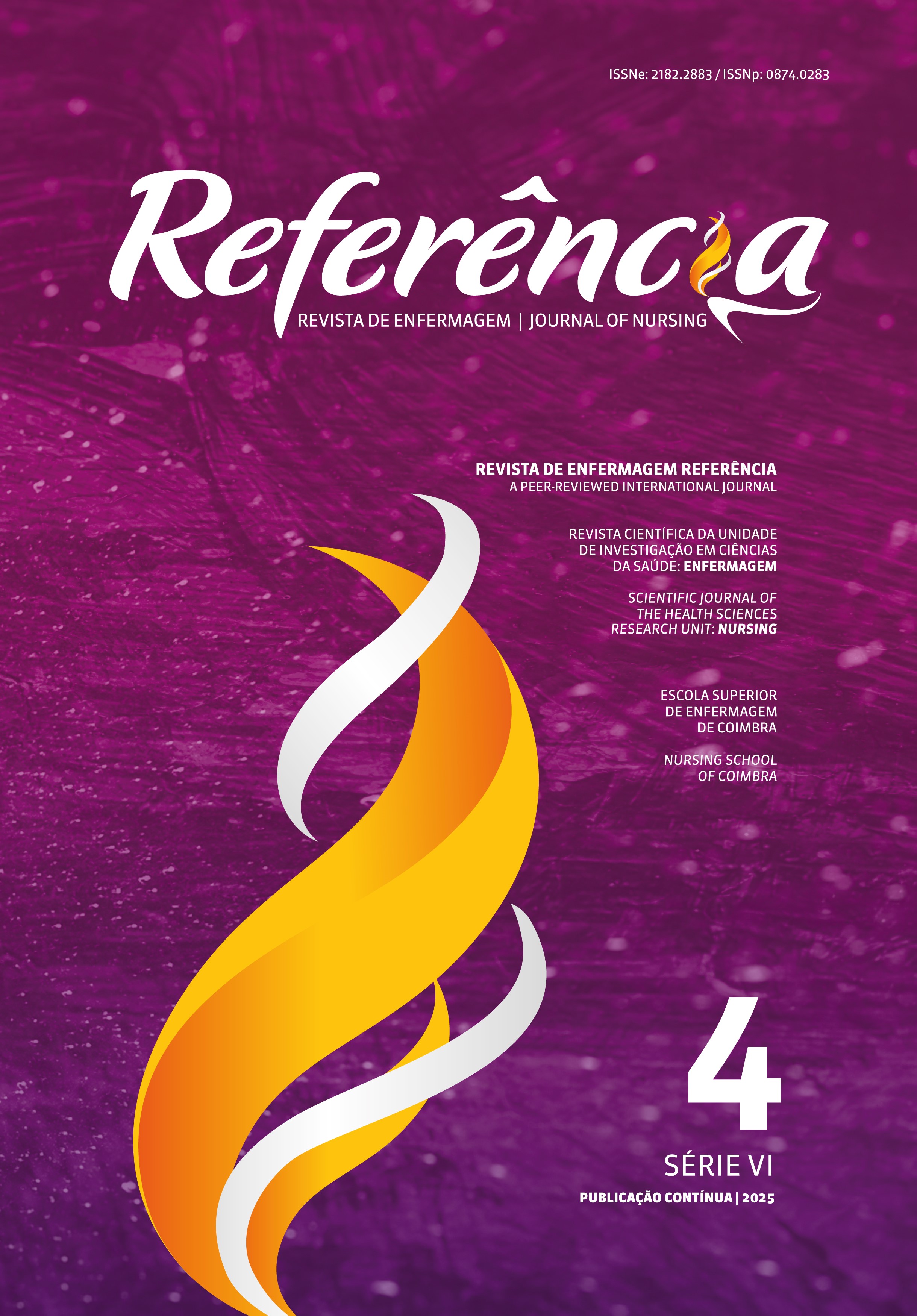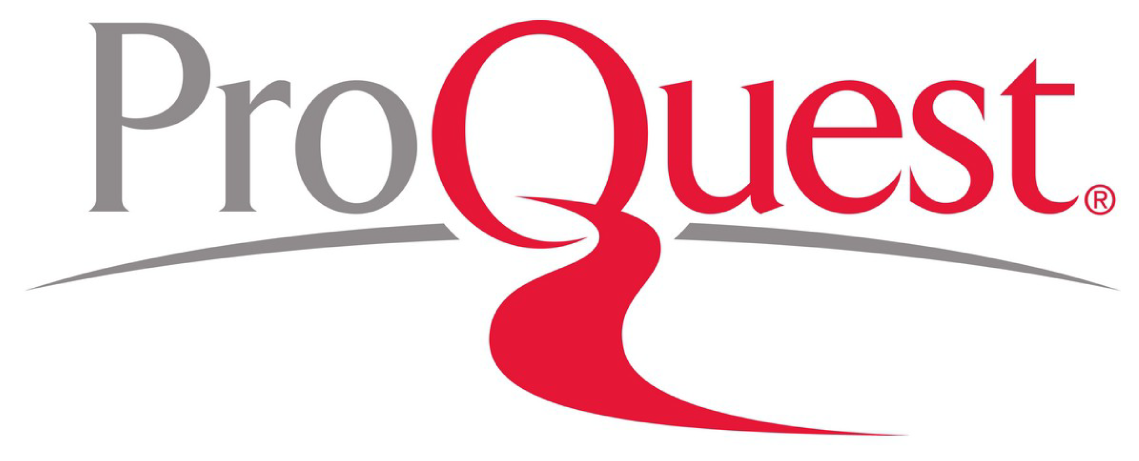Development of a nursing-sensitive quality indicators profile in ambulatory surgery
DOI:
https://doi.org/10.12707/RVI23.63.31223Keywords:
perioperative nursing, nursing care, quality indicators, health care, Delphi techniqueAbstract
Background: Ambulatory surgery has increased significantly in recent years. Literature is scarce regarding the quality of care in this setting, particularly regarding nursing-sensitive quality indicators.
Objective: To develop a nursing-sensitive quality indicators profile in ambulatory surgery.
Methodology: The modified e-Delphi methodology was used to find consensus on the best indicators.
Online questionnaires were used in two rounds.
Results: A panel of 27 experts evaluated 58 nursing-sensitive quality indicators in ambulatory surgery, including structure, process, and outcome indicators. Forty-five indicators were validated.
Conclusion: This study highlights nurses’ role in perioperative care and may support the development of tools to assess the quality of nursing care in ambulatory surgery.
Downloads
References
Aiken, L., Clarke, S. P., Sloane, D. M., Sochalski, J., & Silber, J. H. (2002). Hospital nurse staffing and patient mortality, nurse burnout, and job dissatisfaction. Journal of American Medical Association, 288(16), 1987-1993. https://doi.org.10.1001/jama.288.16.1987
Afaneh, T., Abu-Moghli, F., & Ahmad, M. (2021). Nursing-sensitive indicators: A concept analysis. Nursing Management, 28(3), 28-33. https://doi.org/10.7748/NM.2021.E1982
Amaral, A. F., Ferreira, P. L., & Lake, E. (2012). Validation of the practice environment scale of the nursing work index (PESNWI) for the Portuguese nurse population. International Journal of Caring Sciences, 5(3), 280-288. https://internationaljournalofcaringsciences.org/docs/7.%20%20Original%20Paper.pdf
Bardin, L. (2014). Análise de conteúdo (4th ed.). Edições 70. Beiderbeck, D., Frevel, N., Gracht, H. A. Von Der, Schmidt, S. L., & Schweitzer, V. M. (2021). Preparing, conducting, and analyzing Delphi surveys: Cross-disciplinary practices, new directions, and advancements. MethodsX, 8, 101401. https://doi.org/10.1016/j.mex.2021.101401
Borel, M., Lopes, R., Thofhem, M., Nóbrega, M., Arreguy-Sena, C., & Brandão, M. (2021). Guideline for incorporating the Delphi method in the evaluation of nursing theories. Revista Latino-Americana Enfermagem, 29, e3387. https://doi.org/10.1590/1518-8345.4157.3387
Boulkedid, R., Abdoul, H., Loustau, M., Sibony, O., & Alberti, C. (2011). Using and reporting the Delphi Method for selecting healthcare quality indicators: A systematic review. PLoS ONE, 6(6), e20476. https://doi.org/10.1371/journal.pone.0020476
Brökelmann, J., & Bäcker, K. (2010). Clinical indicators for ambulatory surgery. Ambulatory Surgery, 16(2), 34–37.
David, S. (2012). Why nurses are the unsung heroes of global health. https://www.huffpost.com/entry/international-nurses-week_b_1499802
Donabedian, A. (1992). The role of outcomes in quality assessment and assurance. Quality Review Bulletin, 18(11), 356-360. https://doi.org.10.1016/s0097-5990(16)30560-7
Doran, D., & Pringle, D. (2011). Patient outcomes as accountability. In D. Doran (Ed.), Nursing outcomes: The state of the science (2nd ed., pp. 1-23). Jones & Bartlett Learning. Entidade Reguladora da Saúde. (2022). Resultados da segunda avaliação de 2021. https://apch2.ers.pt/pages/594
Gracht, H. A. (2012). Technological forecasting & social change consensus measurement in Delphi studies review and implications for future quality assurance. Technological Forecasting & Social Change, 79(8), 1525–1536. https://doi.org/10.1016/j.techfore.2012.04.013
Hitchcock, M., & Ogg, T. W. (1994). A quality assurance initiative in day case surgery: General considerations. Ambulatory Surgery, 2(4), 181–192. https://doi.org/10.1016/0966-6532(94)90016-7
Keeney, S., Hasson, F., & McKenna, H. (2010). The Delphi technique in nursing and health research. Wiley Online Library. https://doi.org.10.1002/9781444392029
Kushemererwa, D., Davis, J., Moyo, N., Gilbert, S., & Gray, R. (2020). The association between nursing skill mix and mortality for adult medical and surgical patients: Protocol for a systematic review. International Journal Environmental Research and Public Health, 17(22), 8604. https://doi.org/10.3390/ijerph17228604
Lake, E. T. (2002). Development of the Practice Environment Scale of the Nursing Work Index. Research in Nursing and Health, 25(3), 176–188. https://doi.org/10.1002/nur.10032
Lemos, P., Pinto, A., Morais, G., Pereira, J., Loureiro, R., Teixeira, S., & Nunes, C. S. (2009). Patient satisfaction following day surgery. Journal of Clinical Anesthesia, 21(3), 200–205. https://doi.org/10.1016/j.jclinane.2008.08.016
Nasa, P., Jain, R., & Juneja, D. (2021). Delphi methodology in healthcare research: How to decide its appropriateness. World Journal of Methodology, 11(4), 116–129. https://doi.org/10.5662/wjm.v11.i4.116
Nunes, J., Gomes, R., Povo, A., & Alves, E. (2018). Quality indicators in ambulatory surgery: A literature review comparing Portuguese and international systems. Acta Médica Portuguesa, 31(7-8), 425-430. https://doi.org.10.20344/amp.10416
Ordem dos Enfermeiros. (2017). Padrões de qualidade dos cuidados especilizados em enfermagem médico-cirúrgica: Na área de enfermagem à pessoa em situação crítica: Na área de enfermagem à pessoa em situação paliativa: Na área de enfermagem à pessoa em situação perioperatória: Na área de enfermagem à pessoa em situação crónica. https://www.ordemenfermeiros.pt/media/5681/ponto-2_padroes-qualidade-emc_rev.pdf
Organisation for Economic Co-operation and Development. (2021). Health at a glance: Health at a glance 2021: Ambulatory surgery. https://www.oecd-ilibrary.org/social-issues-migration-health/health-at-a-glance-2021_dd4f4919-en
Pinto, J., Matias, A., & Sarnadas , L. (2020). Avaliação da cultura de segurança do doente em cirurgia ambulatória pelos enfermeiros: Protocolo de scoping review. Revista de Enfermagem Referência, 5(4), e20059. https://doi.org.10.12707/RV20059
Pinto, J., Matias, A. C., Sá, L., & Amaral, A. (2022). Quality indicators in ambulatory care surgery: A scoping review. Nursing Economic$, 40(5), 215–229. http://hdl.handle.net/10400.14/39670
Regulamento n.º 429/2018 da Ordem dos enfermeiros. (2018). Diário da República: II série, n.º 135. https://www.ordemenfermeiros.pt/media/8420/115698537.pdf
Serviço Nacional de Saúde, & Direção-Geral da Saúde. (2016). Norma n.º 018/2016 de 30/12/2016. https://normas.dgs.min-saude.pt/wp-content/uploads/2019/10/reconciliacao-da-medicacao.pdf
Williams, A., Ching, M., & Loader, J. (2003). Assessing patient satisfaction with day surgery at a metropolitan public hospital. Australian Journal of Advanced Nursing, 21(1), 35–41.






















